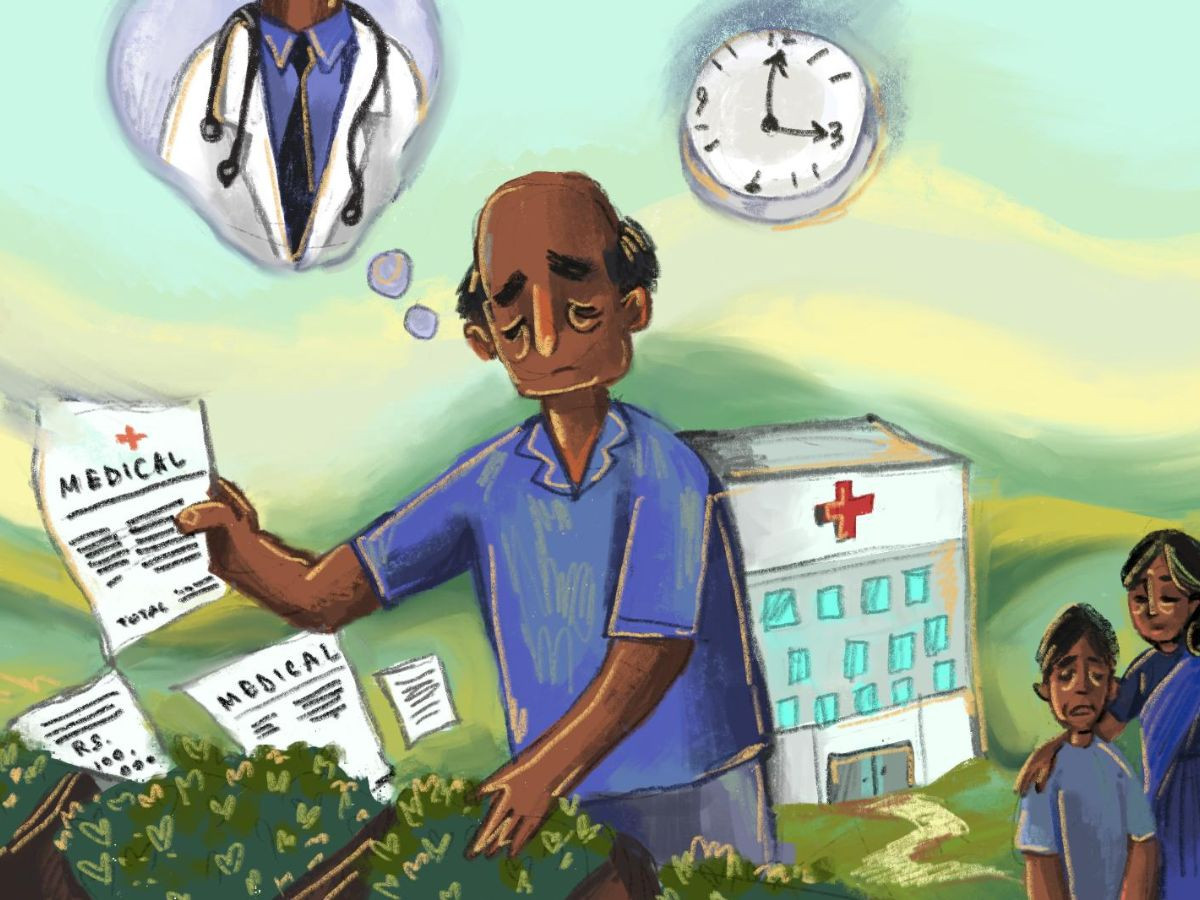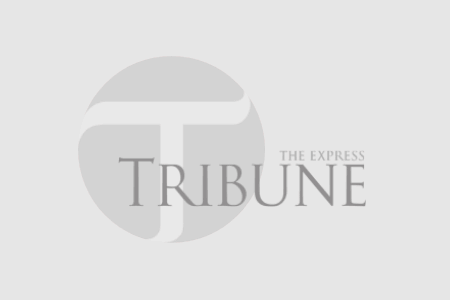
From policy to action, a plea for accessible healthcare in Pakistan
World Day of Social Justice, celebrated on February 20, is a global call to advance equity, fairness, and human dignity. In 2025, with the theme “Empowering Inclusion: Bridging Gaps for Social Justice,” the focus was on dismantling systemic barriers and ensuring that every individual receives equal opportunities.
Central to this mission is the recognition of health as a fundamental human right — an essential component of social justice that demands equitable access to quality care.
In Pakistan, while developments have been made in improving public health, significant disparities persist, especially among marginalized communities, highlighting the urgent need to address socioeconomic, gender, and regional inequities to achieve true health equity.
Key issues in health inequality include significant economic barriers, such as poverty and unemployment, which limit an individual’s ability to afford care and live in healthy conditions. Geographic disparities, particularly between urban and rural areas, lead to uneven distribution of medical facilities and services.
Additionally, gender and cultural disparities often disadvantage women and certain groups, while ethnic and minority discrimination further aggravates these inequities.
Addressing these challenges demands comprehensive policy interventions, community engagement, and targeted resources to make health equity a reality for all, thereby adopting a truly inclusive society.
According to the latest Social and Living Standards Measurement Survey, only about 20% of rural households have a healthcare facility within a 5 km radius, compared to nearly 75% in urban centers. This gap in access contributes directly to preventable deaths.
For example, delays in reaching treatment mean that cardiovascular diseases—now accounting for approximately 30% of total deaths—take an even heavier toll in remote regions.
Lower respiratory infections, responsible for around 15% of deaths, and maternal complications, contributing to nearly 10% of fatalities, remain alarmingly high due to inadequate emergency care and poor infrastructure.
Economic hardship further limits healthcare access, as roughly 30% of the Pakistan population lives below the poverty line, while a large segment works in the informal sector without any social security or health benefits.
Women face additional barriers, cultural norms, and financial constraints that have led to one of the highest maternal mortality ratios in the region, highlighting critical gaps in reproductive health services.
For many families, these numbers aren’t just statistics —t hey represent real loss and suffering.
Addressing these disparities is crucial not only to save lives but also to ensure every citizen, regardless of where they live or how much they earn, has an equal chance at a healthy, dignified life.
Pakistan’s maternal mortality rate stands at about 178 deaths per 100,000 live births — much higher than Sri Lanka’s, which is just 30. When it comes to infant mortality, India sees around 76 deaths per 1,000 live births, but Pakistan’s rate is even worse, exceeding 95.
On the other hand, Bangladesh has made notable progress in reducing malnutrition and maternal health issues through grassroots programs. Health spending also varies widely — Pakistan spends less than $200 per person, while Sri Lanka invests over $500, with India falling somewhere in between.
Pakistan’s government has implemented a wide range of national health programs to serve its diverse population, yet many challenges persist.
The Polio Eradication Initiative remains a cornerstone effort — despite remarkable progress, periodic outbreaks show that gaps in immunization still exist. The National Tuberculosis Control Program contends with over 500,000 new TB cases each year, underscoring the heavy burden of infectious diseases.
On the maternal and child health front, the Lady Health Worker Program has touched millions of lives by providing vital preventive care, vaccinations, and health education across both urban and rural settings.
Meanwhile, the National Nutrition Program continues to fight against malnutrition, with nearly 40% of children under five affected by stunting, a clear sign of ongoing nutritional challenges.
Recent initiatives targeting non-communicable diseases are promising, yet the overall health sector still receives only about 0.7% of GDP, leaving rural and underserved communities particularly vulnerable.
Corruption and bureaucracy drain vital resources, making it even harder to fix Pakistan’s healthcare system. On top of that, political instability keeps shifting policies, leaving long-term health plans in chaos.
But for millions of Pakistanis, these aren’t just government programs—they are a lifeline, a hope for a future where every pakistani gets a fair chance at a healthy life.
Across Pakistan, civil society and NGOs are lifelines for communities facing healthcare challenges. Organizations like the Aurat Foundation, Indus Health Network, and Edhi Foundation work tirelessly to reach those who might otherwise be left behind.
The Aurat Foundation supports health initiatives that empower marginalized women through mobile clinics and community outreach programs.
The Indus Health Network has transformed healthcare delivery by deploying community health workers and mobile units that bring essential services to remote villages, ensuring that even the most isolated populations receive timely care.
Meanwhile, the Edhi Foundation’s vast ambulance network and emergency care services are often the first—and sometimes only—point of help in underserved areas.
International NGOs like The World Health Organization and UNICEF provide vital technical support and funding, helping shape policies that promote health equity.
In addition, programs supported by the Global Fund and USAID have made significant signs of progress in improving maternal health, boosting vaccination rates, and preventing diseases across the nation.
These collaborations not only save lives but also build a more inclusive healthcare system in Pakistan.
To achieve health equity in Pakistan, we need to start by strengthening our healthcare system. Think about families in remote villages — no longer having to travel long, exhausting distances just to see a doctor.
By building more healthcare facilities and upgrading the ones we already have with modern equipment and skilled professionals, we can create real, positive change in people’s lives.
Making healthcare affordable in private sector through rules and regulations is key to achieve health equity. Expanding insurance for vulnerable groups and funding primary care can save lives.
We must also prioritize women’s health—better maternal care, skilled birth attendants, and family planning will empower families and communities.
Mass awareness campaigns and tailored health literacy programs through mainstream media and social media can educate marginalized communities, especially women and children, about their rights and available services.
Finally, leveraging technology—such as telemedicine, mobile health applications, and digital platforms—can bridge the gap for those in remote areas while robust health data systems help us track disparities and respond effectively.

COMMENTS
Comments are moderated and generally will be posted if they are on-topic and not abusive.
For more information, please see our Comments FAQ